Geoscience Reference
In-Depth Information
into the topside. The depletions appear as tilted plumes in the equatorial plane. Here, five
plumes between 480-660 km altitude and separated horizontally by about 40 km subtend
the Jicamarca beam. No other instrument can provide two-dimensional imagery of ESF
plumes with details in the crucial intermediate-scale regime (kilometers to tens of kilometers).
Animated sequences of images provide dynamical information with the same detail.
Conventional range-time-intensity (RTI) representations of coherent scatter from ESF
demonstrate tremendous qualitative variability from event to event, whereas different plumes
generally appear to be similar in radar imagery. RTI plots have been likened to slit-camera
images from a “photo finish,” which may produce spurious evidence of horses with three
or five legs from time to time, for example (Woodman, 1997). Aperture synthesis imaging
reduces instrumental distortion, revealing the salient features of the phenomena under study.
Comparisons with in situ observations of ESF have shown that the bright patches in Figure 2
correspond to localized plasma depletions (Hysell et al., 2009). Moreover, the Doppler
shifts of those patches correspond closely to the vertical components of the local
E
×
B
drifts. However, since the coherent scatter is spatially intermittent and not homogeneous, the
Doppler spectrum representing an entire range gate (without imaging) will not be indicative
of the average line-of-sight speed of the plasma in that gate. We know this intuitively; even
though the Doppler shifts from active ESF predominantly denote ascent, by mass and by
volume, the action of interchange instability is to push ionospheric plasma downward.
Fig. 3. Coherent scatter from the
E
and valley regions near twilight on Nov. 19, 2003. The
maximum unaliased Doppler velocity is 120 m/s. Signal-to-noise ratios shown span 25-45
dB.
Figure 3 shows coherent scatter imagery from around twilight when strong echoes were
observed between about 120-145 km in the equatorial valley region (Chau & Hysell, 2004).
The echoes do not appear to be directly connected with the equatorial electrojet, which is also
producing irregularities below about 112 km here. The valley echoes are organized into waves
with wavelengths of about 10 km which propagate downward and westward. The Doppler
shifts are mainly positive (downward) and vary systematically with height. It would have
































































































































































































































































































































































































































































































































































































































































































































































































































































































































































































































































































































































































